Armored vehicles of Yugoslavia. Part of 2. World War II (1941-1945's)
7 July 1941 was a general popular uprising in Serbia. Partisans and Chetniks (communists and monarchists) began joint operations against the invaders. Already 5 in October 1941, the partisans (more precisely, the joint forces of the partisans and the Chetniks, it was during the short-term cooperation of ideological opponents in the fight against a common enemy) were the owners of the first tank. They became the "Hotchkiss" H-39 from the "French" battalion of the Wehrmacht, which the Germans hastily transferred to Serbia.
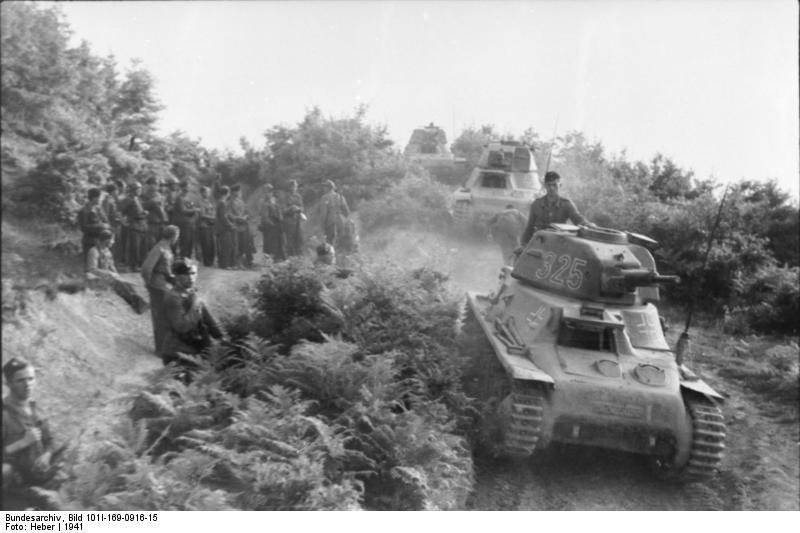
French light tank "Hotchkiss" H-39
Under the pressure of superior forces, the communist partisans had to shift their focus to the mountainous regions of Montenegro, Bosnia and Herzegovina, and Krajina. In these regions, the first tank platoons and companies of the People’s Liberation Army of Yugoslavia (NOAJ) were formed from the R-35, CV-33, CV-35 and S-35 captured from the Croats and Italians.
In turn, the Germans also used the most diverse antiques against the partisans, ranging from the trophy Yugoslav Renault FT-17 and ending with these antediluvian Italian Lancia IZM armored cars (made already in 1918).
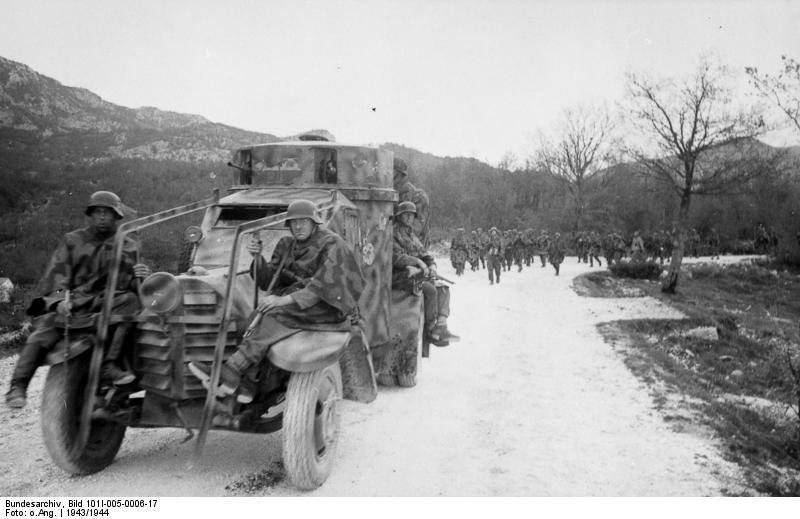
In September, 1943 capitulated Italy, after which the Yugoslav partisans had the opportunity to form an armored battalion, which received Italian tanks, tankettes, self-propelled units and armored vehicles.
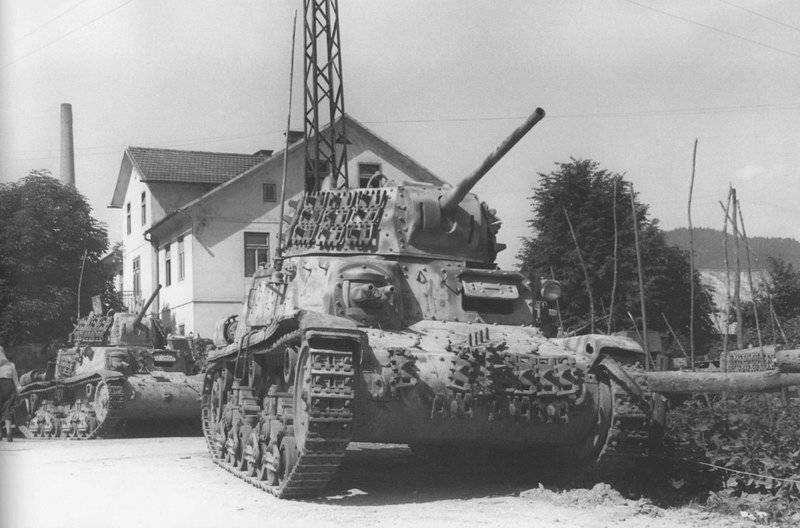
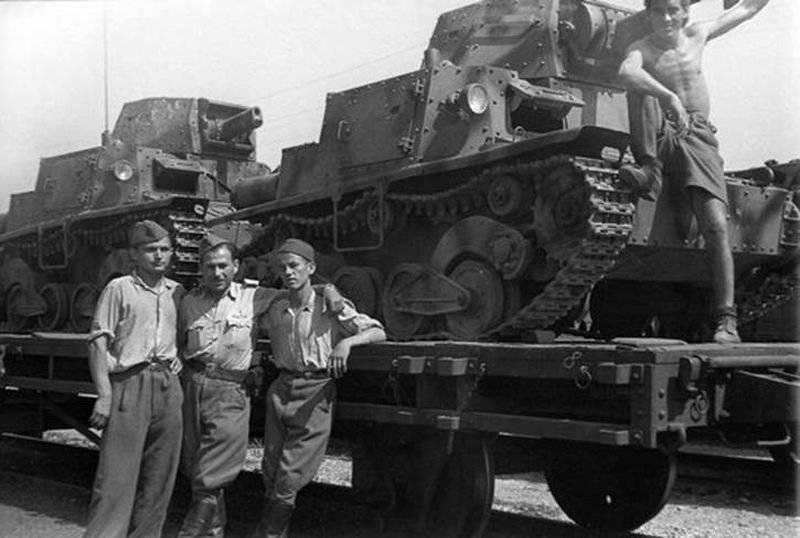
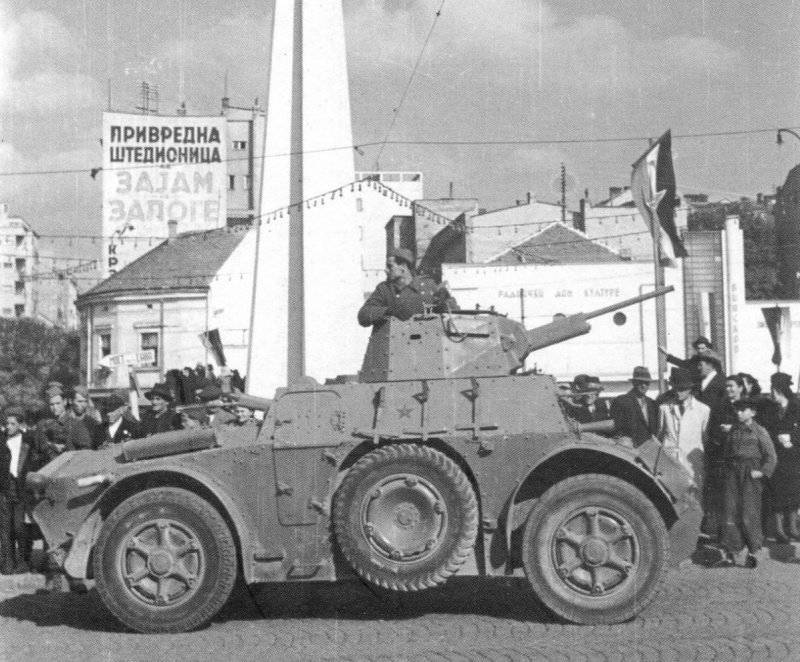
Trophy AB 43 (Autoblinda 43) Italian armored car on the streets of liberated Belgrade
At the Tehran Conference, the Allies decided to provide the PLAA with significant assistance with military equipment. 16 July 1944 was formed with the assistance of the British first Yugoslav tank brigade. It consisted of 2003 man, 56 tanks, 24 armored car. 56 tanks М3А1 / М3А3 "Stewart" entered the armament (a total of 107 tanks passed through the brigade during the war). British generals considered these lightly armored and lightly armed light tanks to be sufficient to combat the armored vehicles of the Independent State of Croatia (Nezavisna Drzava Hrvatska, NDH) and parts of the Panzerväff.
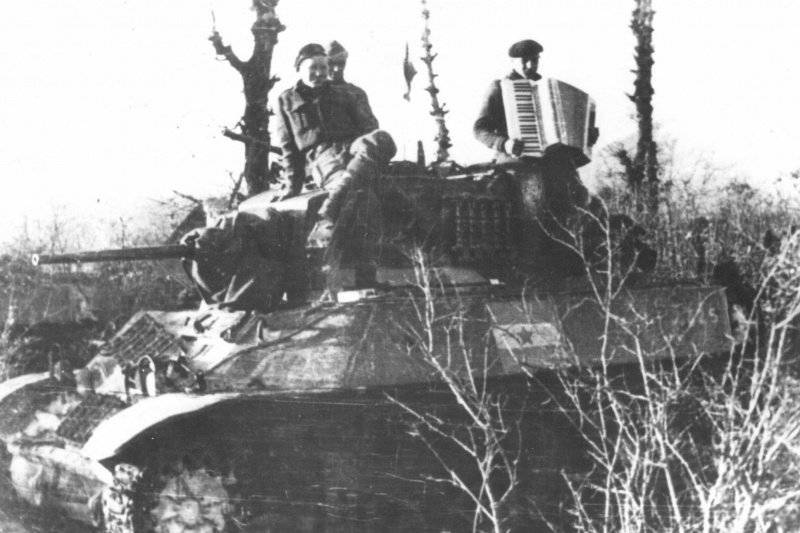
In addition to the tanks, 24 English AES Mk II armored vehicles were also supplied.
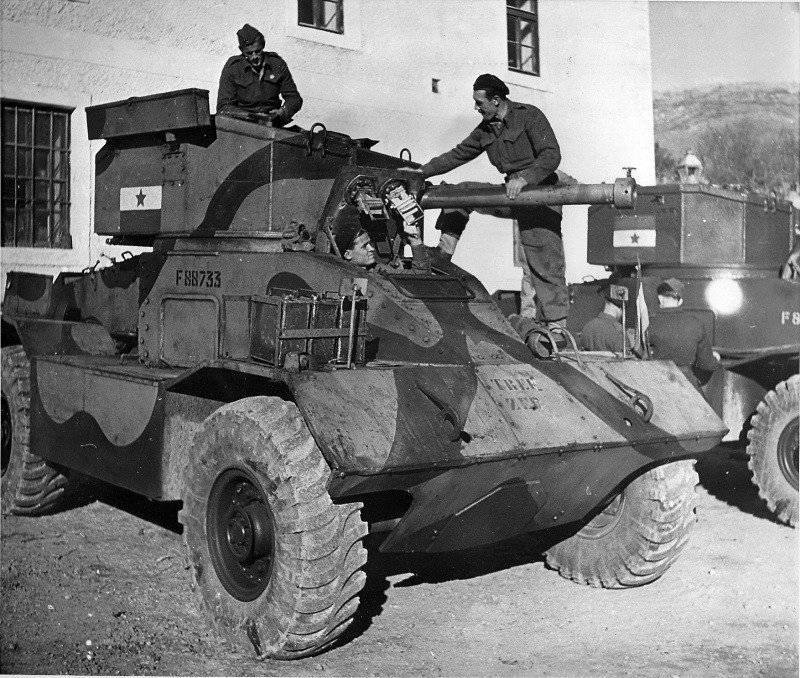
In early September, 1944, parts of the brigade were transported on British ships on Fr. Vis near the Croatian Adriatic coast. Units are transferred under the direct command of Marshal Tito. From this point on, the team is split up into several smaller parts, formally remaining a single unit. Parts operate in Dalmatia, participating in the liberation of coastal cities. Thus, the northern group consisted of the 3 tank battalion, the 2 company, the tank battalion, and the armored company. The southern group included the remaining armored cars, tank companies.
The northern group was landed in Dalmatia on the night of 23 on 24 on November 1944. She participated in the battle for Sibenik and Knin. The enemy concentrated 12,5 thousand soldiers and 20 tanks on this sector. The guerrillas had 25 tanks and 11 armored vehicles. The first experience of a tank war was unsuccessful; tankers were poorly supported by infantrymen. As a result, the 4 of the Yugoslav tank and the 1 car burned down. The Germans and Croats suffered no losses in armored vehicles. However, they were forced to retreat under the pressure of superior enemy forces.
At the same time, the southern brigade group participated in a major operation of the Yugoslav army to liberate the Mostar region in Bosnia. The guerrillas tried to block the retreating German part of the road from Montenegro. Tanks of the northern group of the brigade of all 60 tanks and 25 armored vehicles also took part in these battles. Losses were significant. The fighting went on until February 1945. Despite their bloody and very cruel character, the German units not only were able to retreat, but also held the Mostar area for three months.
Noahu Chief Commander Josip Broz Tito was hoping to get the Sherman tanks that could arm another brigade, but his belief in unlimited British aid turned out to be a fallacy. Help came from the other side: the September 14, 7 GKO of the USSR decided to organize training in the operation and combat use of the Yugoslav tank crews and mechanics T-1944 34 tanks at the Tesnitsky training ground near Tula.
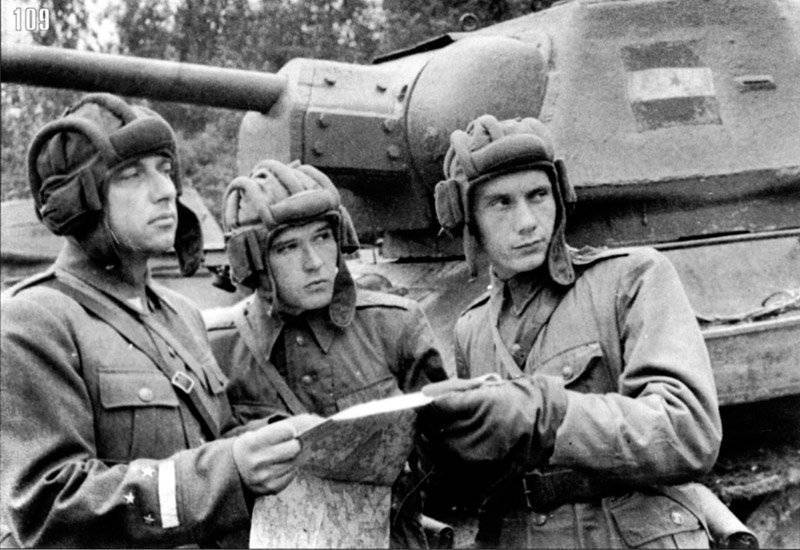
To do this, they used 16 repaired T-34-76 from the 32-th Guards Tank Brigade of the Red Army.
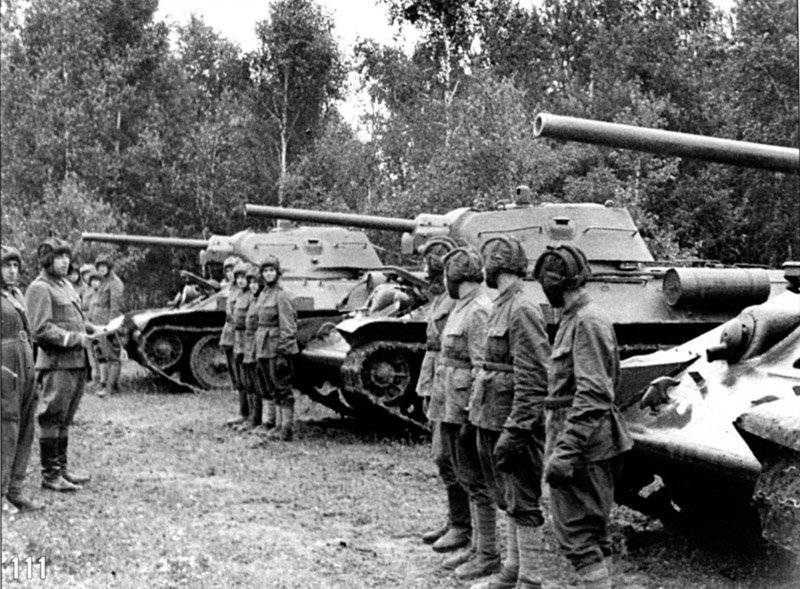
Thus, while the British were pondering how the Shermans brigade would strengthen the Communist positions in the Balkans, the USSR presented its closest allies with the T-34 brigade! The brigade was formed on October 6 1944, but because of the time needed to train personnel, it entered the battle only in the spring of 1945. "A gift from the people of the USSR to the first ally in the Balkans" included 65 brand new T-34-85 with three ammunition and Three armored BA-64, not counting the other "little things."
Paradox, but the first T-34, which appeared on the land of Yugoslavia, did not fight on the side of the liberators. Since the summer of 1944, the Germans used in the battles captured T-34 747 (r) 5-y police company, subordinated to the command of the SS forces in Trieste.
Due to the nature of the area and the nature of the war with the partisans, the occupying forces never used this part in full force, most often tank platoons acted independently. The platoon of the German-developed T-34-76 (model 1941 / 1942) initially successfully acted against the lightly armed partisan groups in Italy and Slovenia, but at the beginning of 1945, the military happiness changed the Germans. 4-I Yugoslav army launched a rapid attack in the western direction. The tanks of the 1 Brigade, in which the 4 Battalion was formed by that time, were able to pass through remote areas of Dalmatia, but the German Corps of General Kibler was waiting for them in the vicinity of Rijeka. Under Ilirskaya Bistritsa, in the area of the modern Italian-Slovenian border, the T-34 SS troops caused significant damage to the NOAJ 20 shock division. Of course, the Stuarts were not a serious opponent for the T-34, but they also had their own “pair of aces in the sleeve”. Two “Stewart”, which received serious damage to the towers in the battles, were converted by the partisan workshop in Sibenik into improvised tank destroyers. The alteration was led by a technical officer of the 1 of the Yugoslav Tank Brigade, Kurot Anton. Instead of the towers on the stationary gun carriages mounted German 75-mm anti-tank guns Pak 40.
These "Stuart-Pak'ami" was destroyed one German T-34. Four German crews abandoned their vehicles, which went to the partisans.
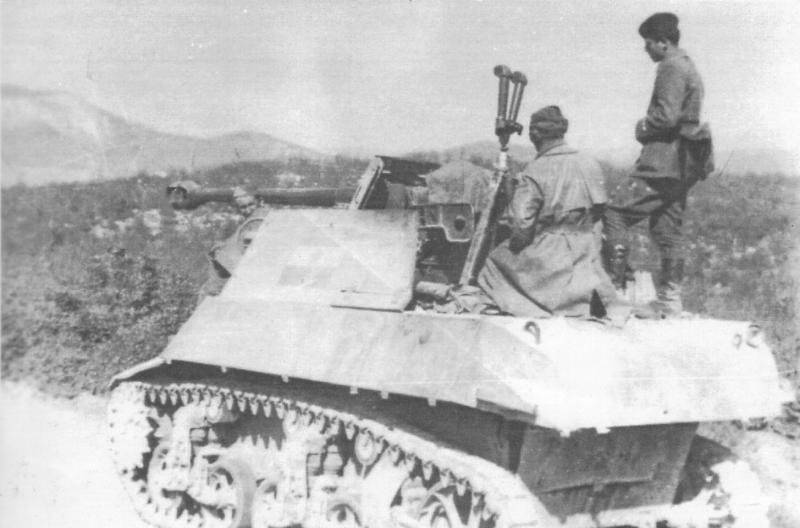
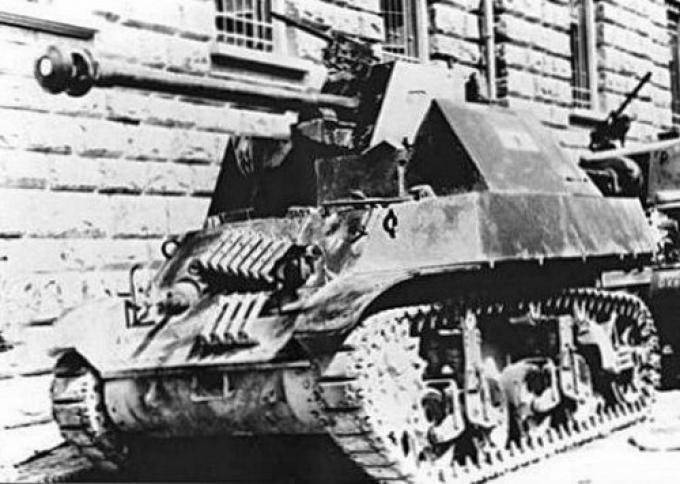
The 20 mm Flakviering 38 and 82 mm mortars were also installed. Total such alterations was subjected to 7 "Stuarts".
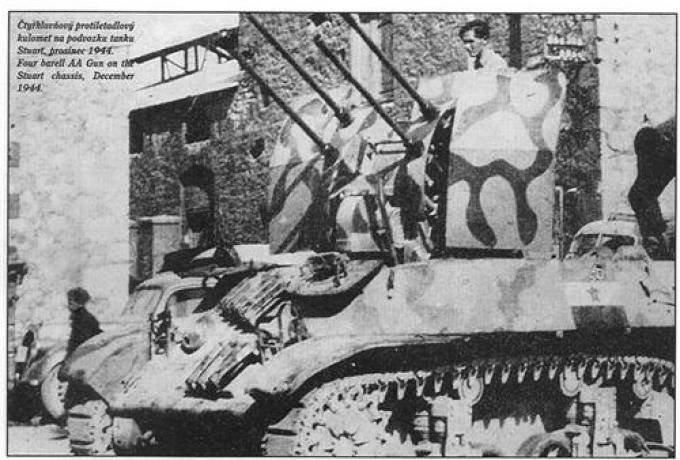
But the Yugoslavs conducted the deepest modernization with the captured Somua S-35 - instead of 47-mm guns on it, modifying the front part of the tower, installed the English 57-mm cannon from the AES armored car.
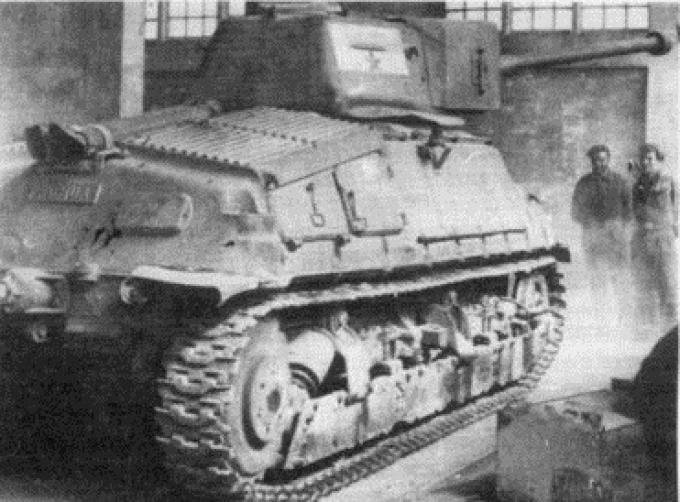
During the fighting directly near Trieste, another German T-34-76 was hit by three shots from an AES armored car gun.
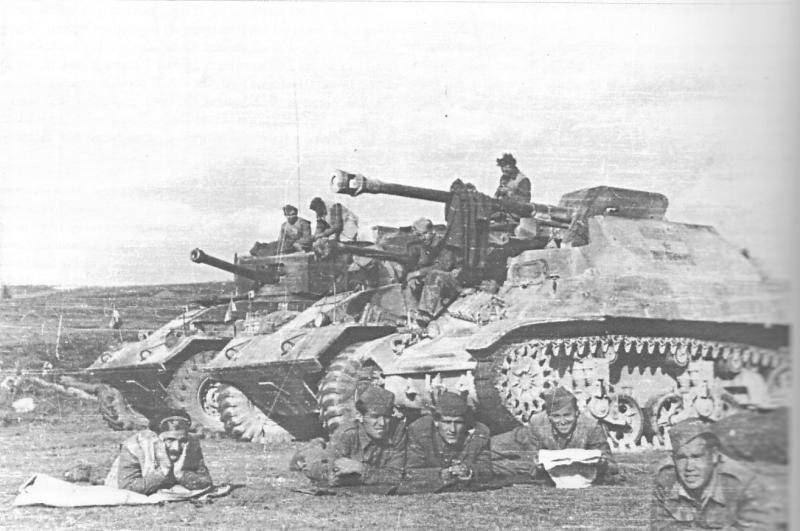
In total, six T-34 747 (g) trophies of NOAJ, including two in good condition. These tanks entered service with the 1 Brigade, where red stars struck their armor. 1-2 May 1945 d. The 1-I tank tank entered Trieste.
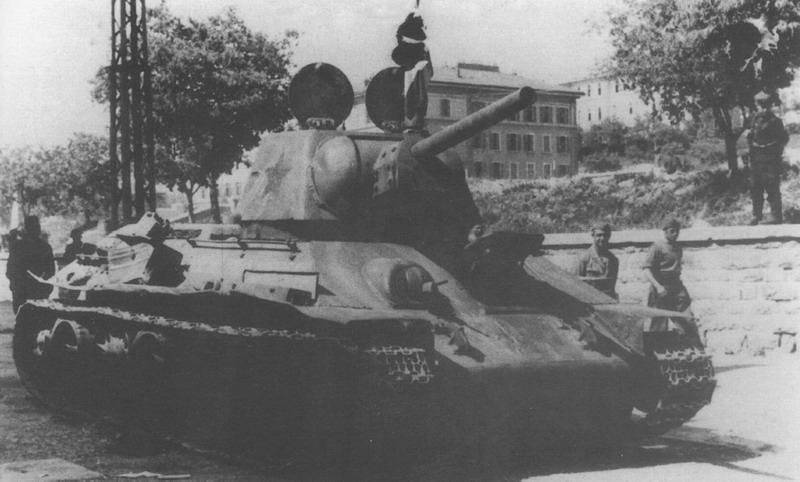
Perhaps there were other cases of clashes in the Balkans with the German T-34, but they are not known for certain. In the memoirs of the partisans, it is often said about the battles with the Panthers, but the Germans in the Balkans never had tanks of this type. It can be assumed that for the "Panther" took tanks of a different type with a similar silhouette. In 1946, Yugoslavia ordered ten additional 76-mm guns for the repair of exploited tanks and river armored boats. One T-34-76 was used by a tank school in Banja Luka, it is now on display at the Museum of the Patriotic War of the Republika Srpska Army (Banja Luka, Bosnia and Herzegovina). The remaining T-34-76 were transferred to the 2-th tank brigade. At the end of their life, they were used as targets at landfills, and then they were cut into scrap metal. The T-34-76 tank was in the tank platoon of the First NOAJ Partisan Detachment formed in the USSR in January 1944. The Detachment consisted mainly of captured Croats from the 369 regiment of the NDH defeated at Stalingrad. But the detachment was sent without tanks to reinforce Tito's troops to Serbia (after the "re-education" in the Soviet camps).
26 March 1945 The Second Yugoslav Tank Brigade, created in the USSR, arrived in Belgrade from Tula. At dawn 12 April, the main forces of the brigade began a decisive breakthrough of the Sremsky front. Radio communication between the tanks worked poorly, so many tanks acted individually. From 20 advancing tanks, the enemy destroyed seven. However, the enemy could not hold the front. Due to the delay in the delivery of summer oil, the crew stopped the next day, although the conditions for the offensive were ideal. In the end, 5 May tankers got a new oil and replenished ammunition. According to some historians, the delay in the supply of summer oil was caused by Tito's reluctance to develop an offensive on Zagreb. Troops stopped directly in front of Zagreb. The NDH armed forces sent an ultimatum to leave the city and thereby save the capital of Croatia from destruction. Ustashi retreated without a fight on May 7, but small Ustash groups remained on the outskirts of Zagreb in Sesveta. These groups were destroyed as a result of a fierce battle of many hours. Paradox: the enemy knew about the death of Hitler and the capture of Berlin by the Red Army, but he fought to the end. Zagreb was completely released on 9 May. For the elimination of small groups of Ustash in Zagreb left ten T-34.
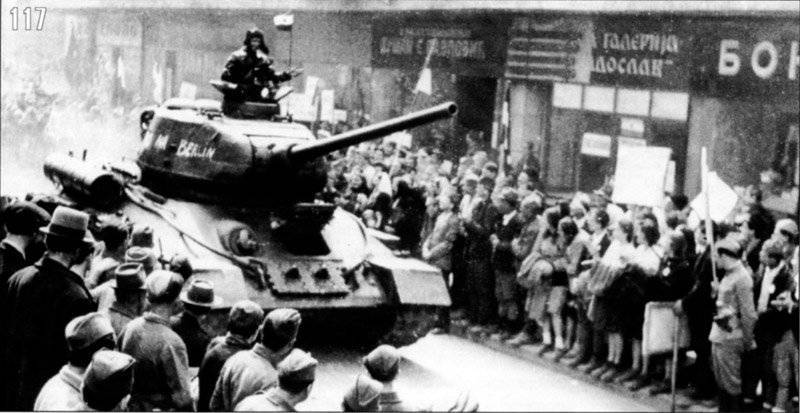
The remaining forces of the brigade moved to Celje and Ljubljana, and from there to Trieste to join the First Tank Brigade. The brigade did not meet resistance, as the enemy had already retreated to the Austrian border. Historical the circumstances were such that the capitals of Croatia and Slovenia practically did not suffer during the war. Probably, everything could have turned out differently, if the command of the NDH troops were aware of the technical superiority of the NOAU, especially the T-34 brigade. On May 17, 1945, the brigade entered Trieste.
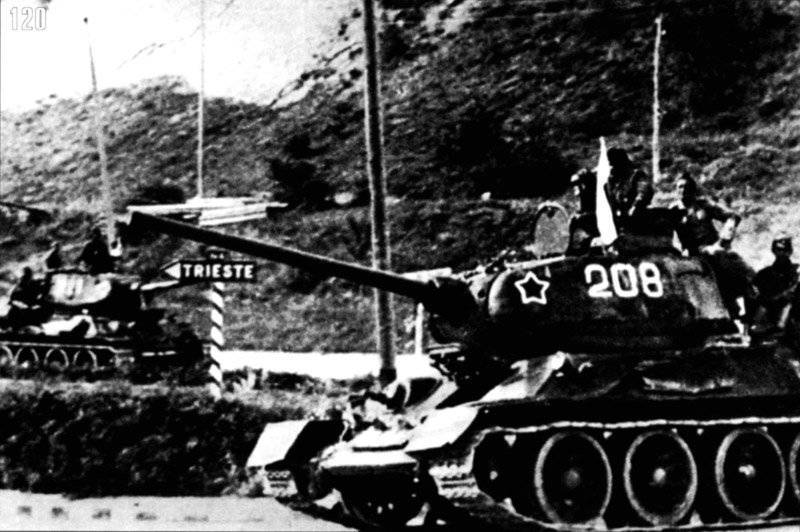
The total losses of the 2 Tank Brigade amounted to 14 destroyed and 9 damaged T-34 and one destroyed BA-64 armored car. "For the manifestation of mass heroism and special merits in the struggle against the enemies of the people and the liberation of the country," the supreme commander Marshal Tito awarded the brigade the Order of Merit to the People.
But, describing the Second World War in Yugoslavia, one cannot but dwell on the armored units of the main enemy of the partisans of Tito - the Independent State of Croatia.
In October, the 1941, the Croats received from the Germans 18 Polish tankettes TKS.
In addition to the Polish tanket, the Croats also used the Italian technique: tannic L3, light tanks L6 / 40 (26 units), French: light tanks H-39 (10-16 units), medium tanks S-35, German: tanks Pz. I, Pz. III N (20-25 units), Pz. IV F (10 units), Pz IVG (5 units). However, it is difficult to say anything about the use of German tanks NGH.
Tank platoons and companies in the NGH army were usually attached to brigade and divisional formations — mountain, extermination, and Ustash. Thus, the tank platoon of the 1 mountain brigade on 1 in January 1944 had three French medium tanks S35 and two light tanks. The tank squad of the 1 of the Ustash Brigade in the period from the end of 1941 almost to 1945 was armed with the Italian LHNUMX tank shoes (originally 3, by September 6, their number was reduced by half).
Polish-made tankettes - TKS (from 6 to 9 units) were part of a tank platoon of the 3rd corps of the NGH army.
Light tanks L6 / 40, the Italian trophies of the German Wehrmacht (26 units), in 1944 were transferred to the armored group of the presidential defense division.
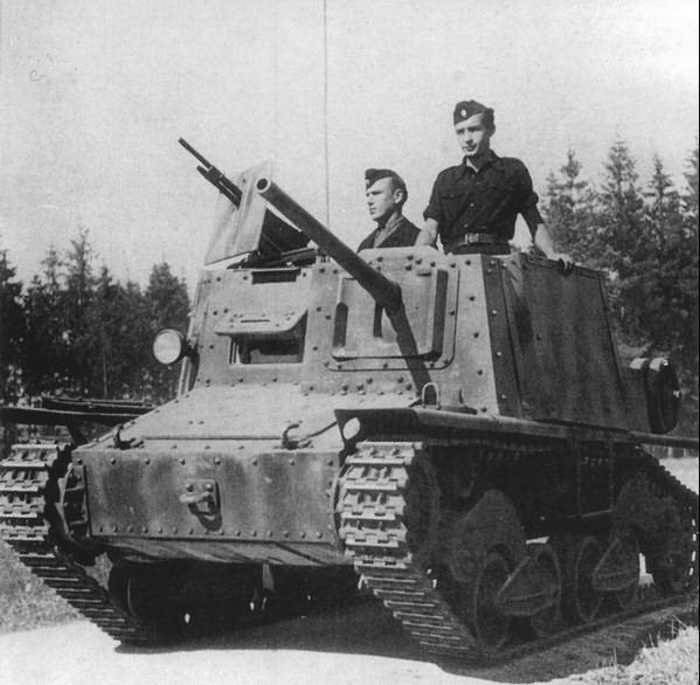
Croatian tanks actively participated in counterpartisan operations. So, 7 - 13 in October 1944. Croatian motorized and tank units participated in the battles with partisans and suffered heavy losses 6 tanks. 15 April 1945 The army of the Independent State of Croatia was reorganized. Its main force was the Chief Guard Corps PTZ. It included the PTD, 1-I and 5-I shock divisions. 13 May 1945 The motorized group of the "security" corps fought with parts of the army of Tito, in Slovenia. On May 14 she had about 30 tanks, unknown brands. In the battles with the 8 brigade of the Yugoslav Army, the 3 tank was lost. Everything from the fire of hand-held anti-tank weapons. On May 20, the surviving fighters of the motorized group of the division ended up in a British prisoner of war camp in Austria. They were handed over to the partisans who executed many of them in the Ljubljana area.
It is worth noting that on the Eastern Front, one fact was recorded of the use of captured armored vehicles by the Croatian Legion. This was the British Matilda, which had been seized from the Red Army during the battles near Kharkov in the spring of 1942.
In addition to tanks, the Croats are actively used in hostilities. various improvised armored vehicles created on the basis of tractors:
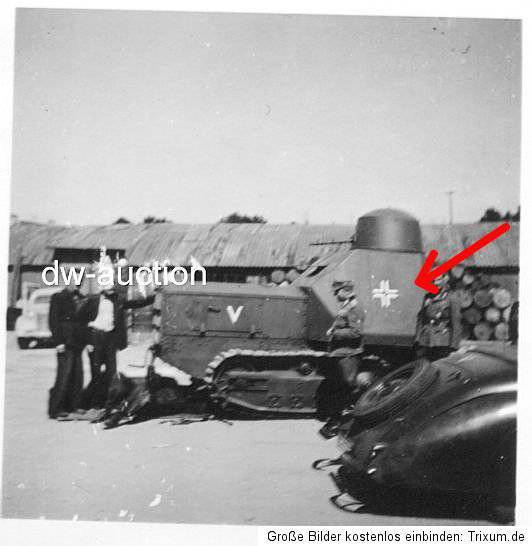
Cars:
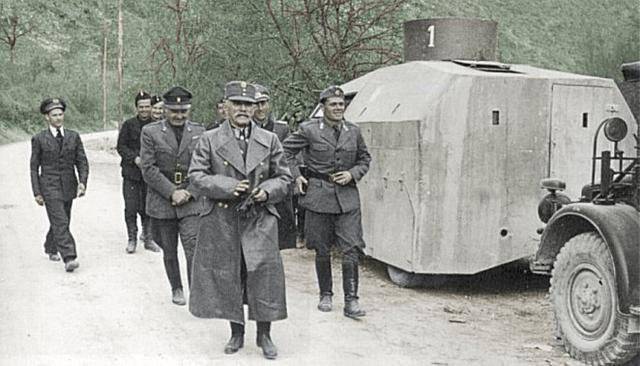
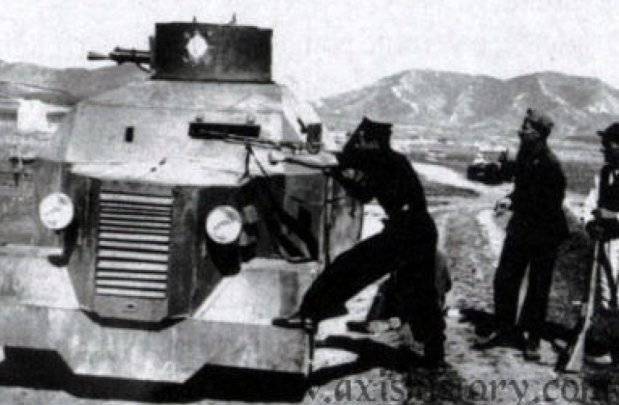
This improvised Croatian armored car, for example, is made on the basis of the British truck "Morris"
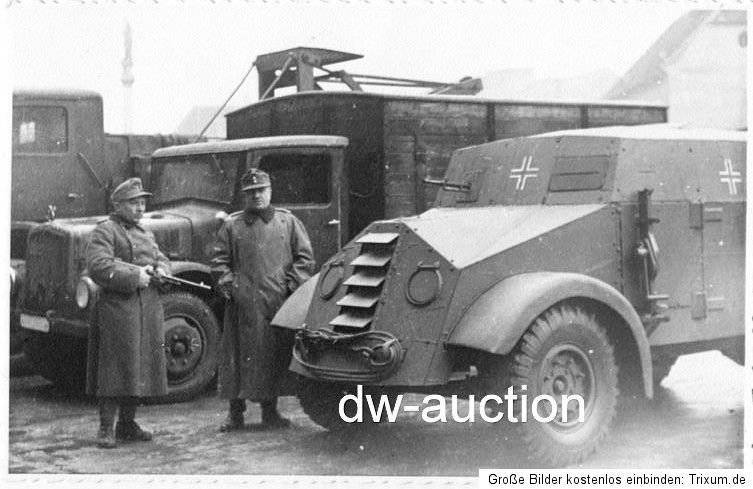
However, this did not help the Croatian fascists ...
The Chetniks of Drazhe (Dragolyub) Mikhailovich-Serbian monarchists, who fought against the invaders, together with Tito's partisans, and then turned against them, also used their improvised armored vehicles. weapon.
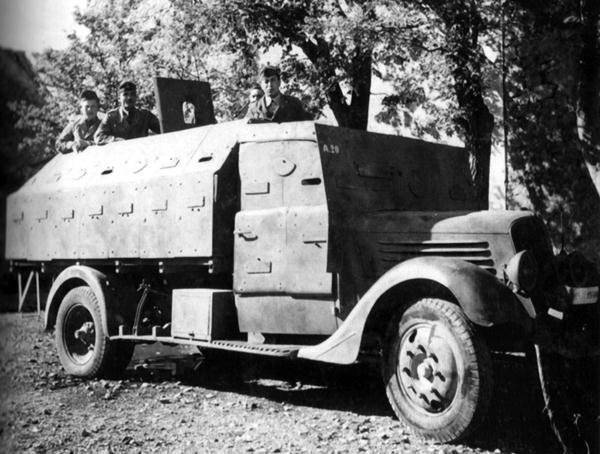
On the materials of the sites:
http://samlib.ru
http://shushpanzer-ru.livejournal.com
http://www.tankfront.ru/allies/jugoslavija/april1941.html
http://stef124.tripod.com/,
http://www.vojska.net/
http://srpsko.fastbb.ru/
http://m1kozhemyakin.livejournal.com/4580.html
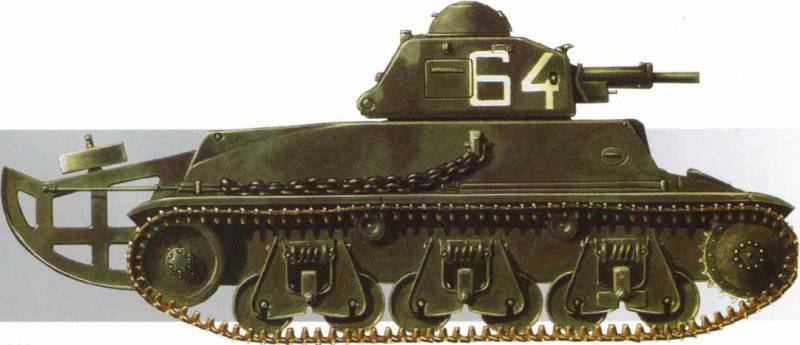
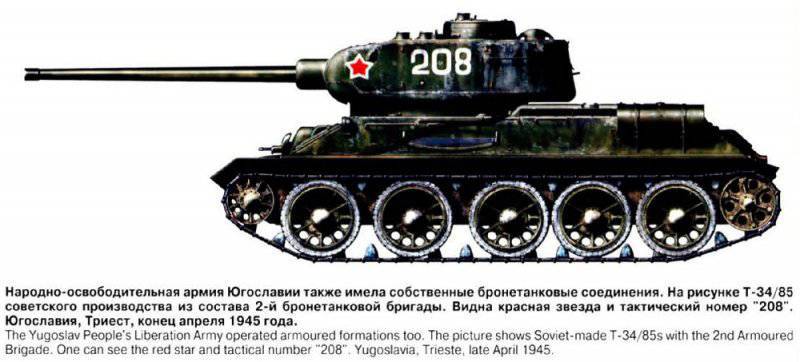
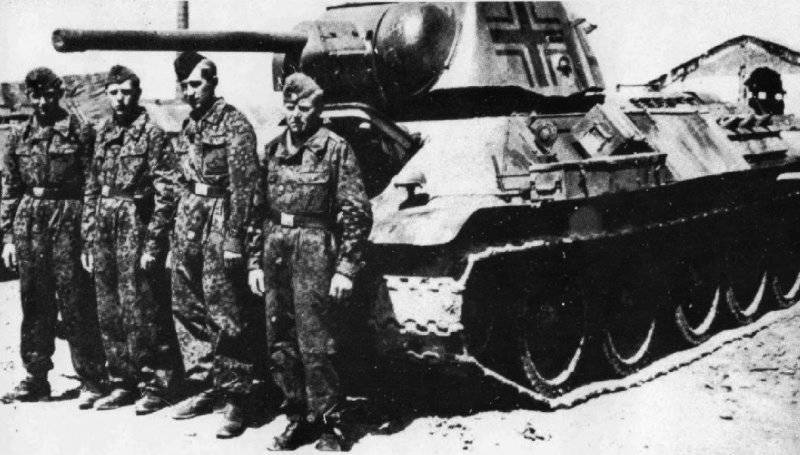
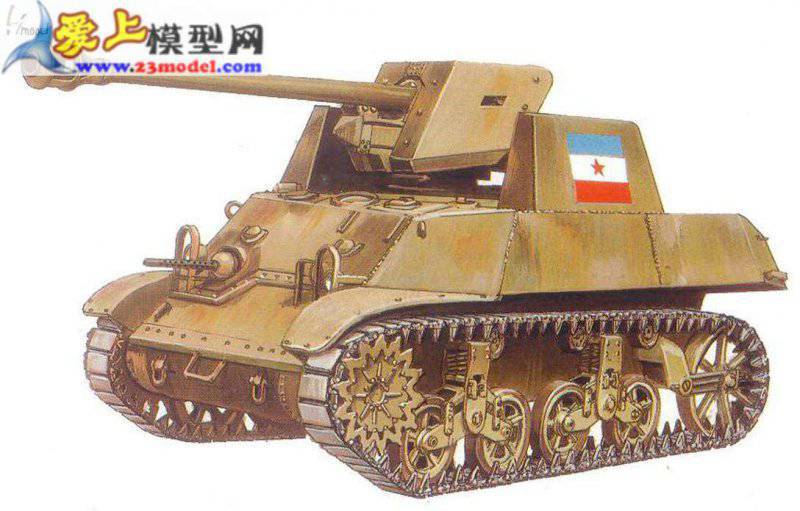
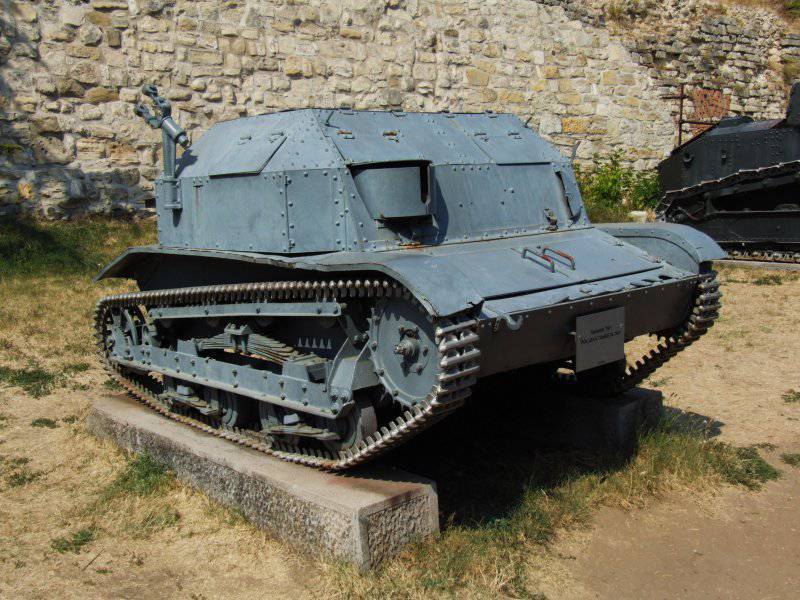
Information